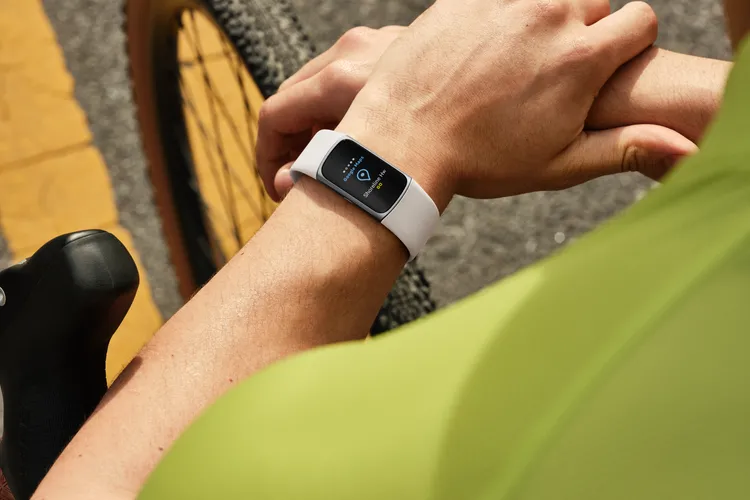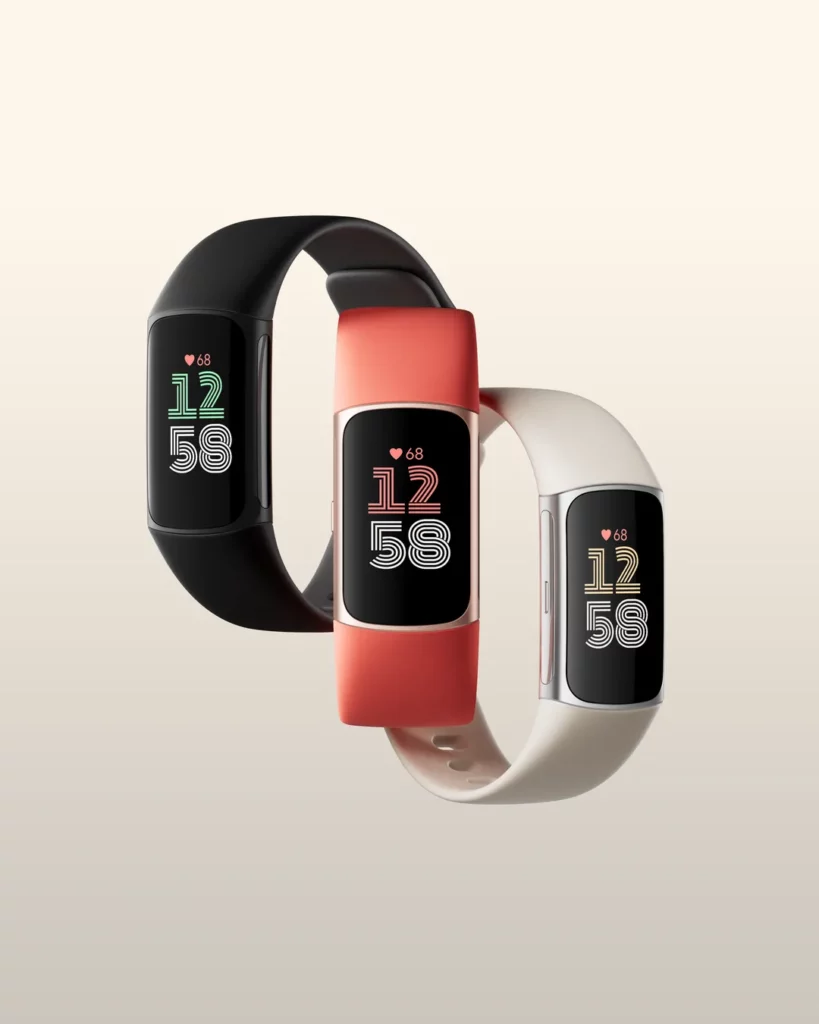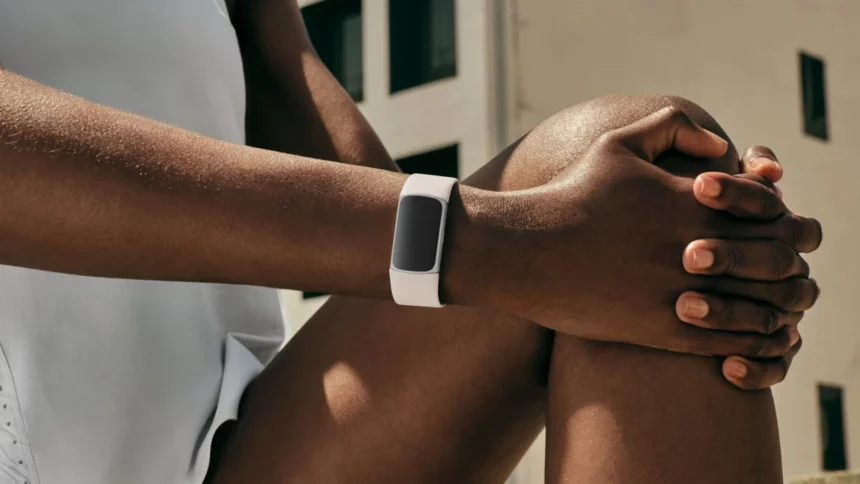Fitbit has made a significant comeback with the unveiling of the Fitbit Charge 6, a device that promises to bring back the essence of Fitbit while integrating seamlessly into the Google ecosystem. Priced at $159.95, it not only offers affordability but also packs in some exciting features that are sure to delight fitness enthusiasts and tech aficionados alike.

The return of the side button
One of the most noteworthy changes in the Charge 6 is the return of the side button, a feature beloved by Fitbit users. The absence of this physical button since the Charge 3 had left some users dissatisfied with the inductive groove that replaced it. While Fitbit did bring buttons back in other models last year, the Charge series, which has been a long-standing favorite, finally sees the button’s glorious return. However, it’s worth noting that the side button on the Charge 6 is not mechanical but rather a haptic button that provides feedback upon pressing, a detail that might prompt philosophical discussions about what truly defines a button.
Enhanced heart rate tracking and sensors
The Fitbit Charge 6 retains most of its predecessor’s sensors, including the optical heart rate monitor, accelerometer, built-in GPS and GLONASS, SpO2, temperature sensor, and multipurpose electrical sensors for electrodermal activity (EDA) and EKG readings. These sensors contribute to stress tracking and advanced heart health alerts.

Improved heart rate tracking algorithm
The Charge 6’s updates primarily revolve around software improvements, a trend seen in many wearables this season. Fitbit claims that the Charge 6 boasts the most accurate heart rate sensing among its fitness bands, with a remarkable 60 percent improvement during intense activities such as HIIT, spinning, and rowing. The device takes measurements once per second during exercise and once every five seconds outside of workouts. To evaluate this claim accurately, we’ll have to wait and see how it performs in real-life scenarios.
Gym machine compatibility
In an effort to catch up with the competition, the Charge 6 can now connect with certain gym machines via Bluetooth to monitor your heart rate. Initially, this feature is compatible with popular brands like NordicTrack, Peloton, Concept2, and Tonal, with the possibility of more partners joining in the future. Although other brands like Apple and Garmin have offered similar integration for a while, this addition remains a convenient and welcome enhancement.

Integration with Google Services
Fitbit’s integration with Google is becoming more evident, with the Charge 6 offering compatibility with Google Maps and Google Wallet. This allows users to access turn-by-turn directions from their wrist and control YouTube Music, although it functions more like a remote control and requires a YouTube Music Premium subscription. This integration partly compensates for the removal of Spotify, Pandora, and Deezer access, along with the ability to transfer music from a computer.
Migrating to Google
It’s important to note that purchasing a Charge 6 means migrating your Fitbit data to a Google account. Existing Fitbit users will have to make this transition by 2025, except for those with Fitbit Guardian accounts managing devices for family members or children.
Conclusion
With the Fitbit Charge 6, the company appears to be establishing a clear identity within the spectrum of Google and Fitbit wearables. This simplicity is a welcome change after last year’s confusing lineup. The Charge 6 caters to those seeking a straightforward fitness band, while the upcoming Pixel Watch 2 promises a more comprehensive smartwatch experience.
The Fitbit Charge 6 is available for pre-order now in black, silver with a white band, and gold with a coral band, priced at $159.95. Shipping is expected to commence on October 12th, and it will be interesting to see how this device fares in real-world usage, particularly with its intriguing Google integration.








